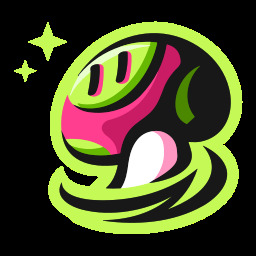
Meshy
Revolutionize 3D creation: AI-powered, text/image to model, rapid texturing, diverse export options.

About
Meshy simplifies the process of 3D model creation by employing artificial intelligence to convert written descriptions or images into finished 3D assets. The tool allows users to input short prompts or photographs and receive visually detailed models tailored to various art styles. With minimal effort, creators can generate assets that range from playful voxel representations to photorealistic renderings, saving significant time that would otherwise be spent on manual modeling and texturing.
Designed for easy adoption, Meshy features an intuitive interface that does not require advanced technical knowledge. It supports multiple languages for prompt input, making the tool accessible to an international audience. Users can quickly export their creations into common 3D file formats, ensuring compatibility with professional design and game development workflows.
Meshy is also adaptable, offering API access for custom integrations, allowing development teams to embed its functionality into larger production pipelines. Despite a minor learning curve, Meshy stands out as a powerful asset for individuals and organizations aiming to accelerate 3D asset creation without compromising on quality.
Who is Meshy made for?
Meshy is ideal for digital artists, independent game developers, and small creative studios that need to quickly generate 3D models and textures without spending extensive time learning traditional modeling tools. Designers working in marketing, advertising, or concept art can use Meshy to produce mockups and visualize ideas for clients or internal reviews.
Teams in the architecture, interior design, or education sectors benefit from Meshy's rapid prototyping abilities, using it to bring design concepts to life or to demonstrate 3D modeling processes to students. Developers interested in integrating advanced 3D asset creation into their own software can use the Meshy API to automate or streamline specific stages of their creative pipelines.
Overall, Meshy addresses the needs of professionals and hobbyists looking for fast, accessible, and high-quality 3D asset creation, particularly those without deep backgrounds in 3D modeling software.